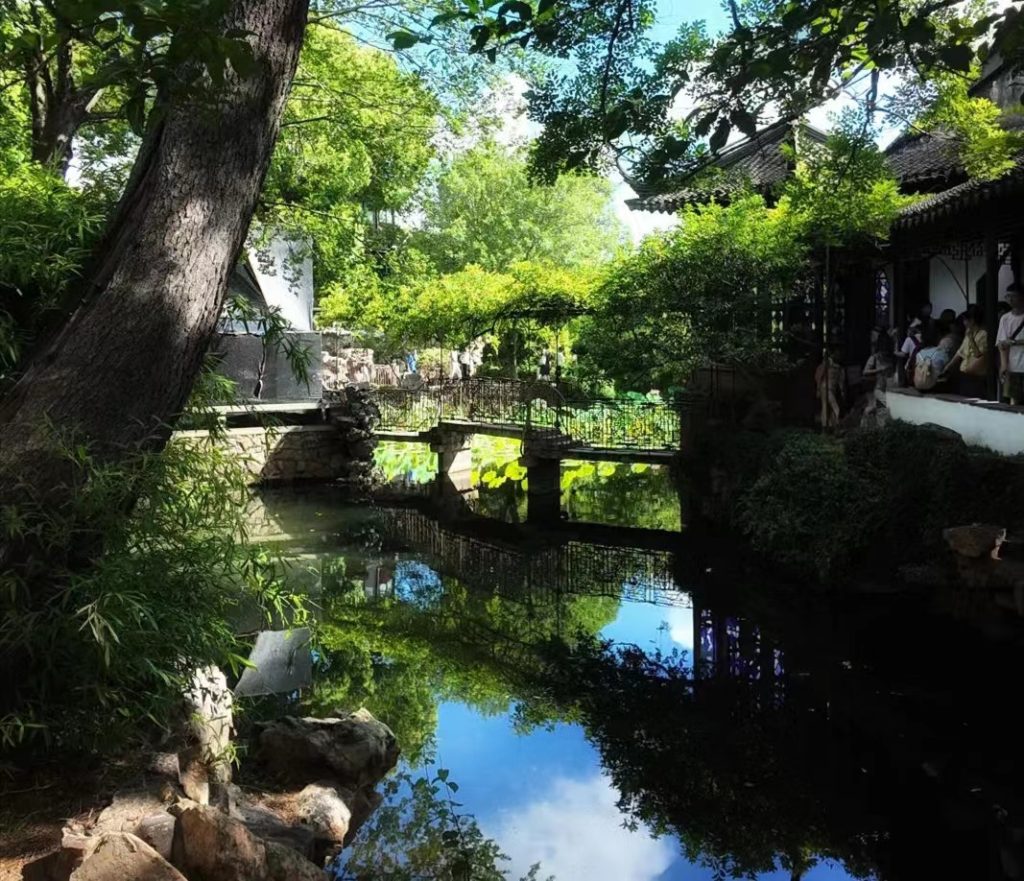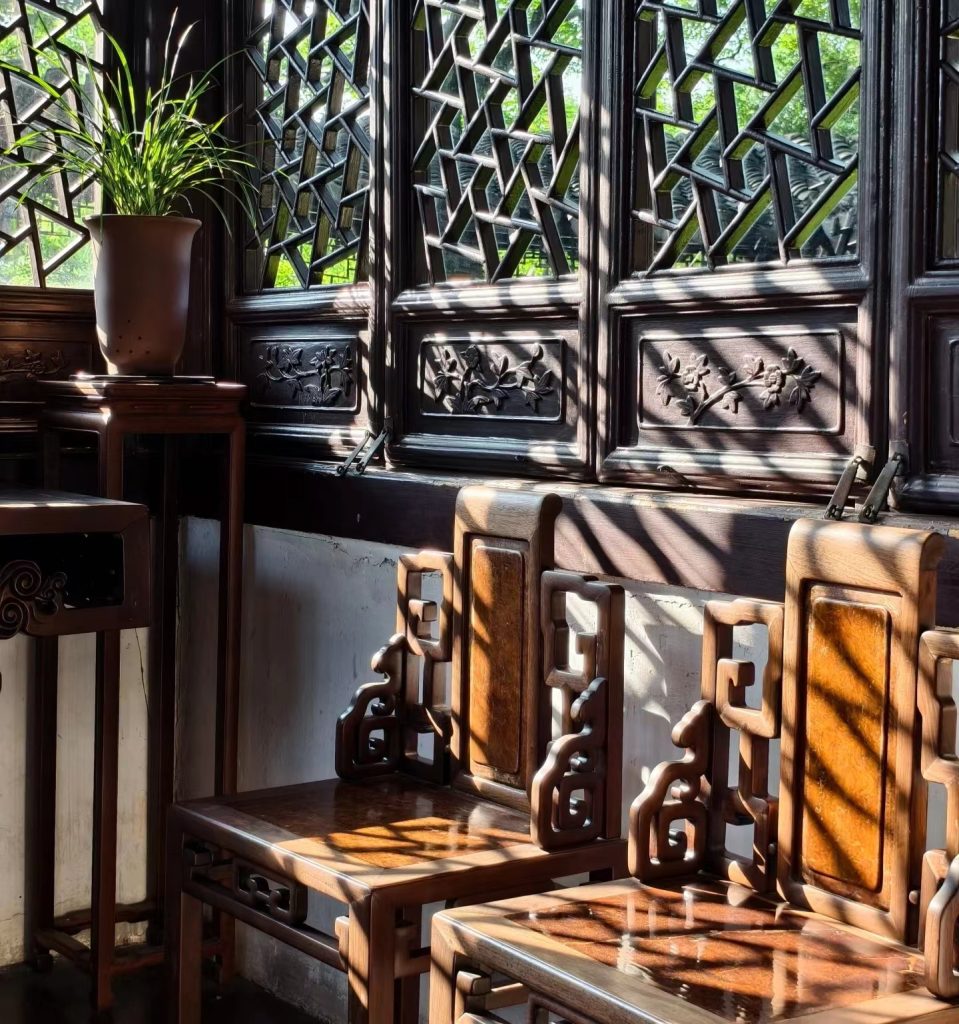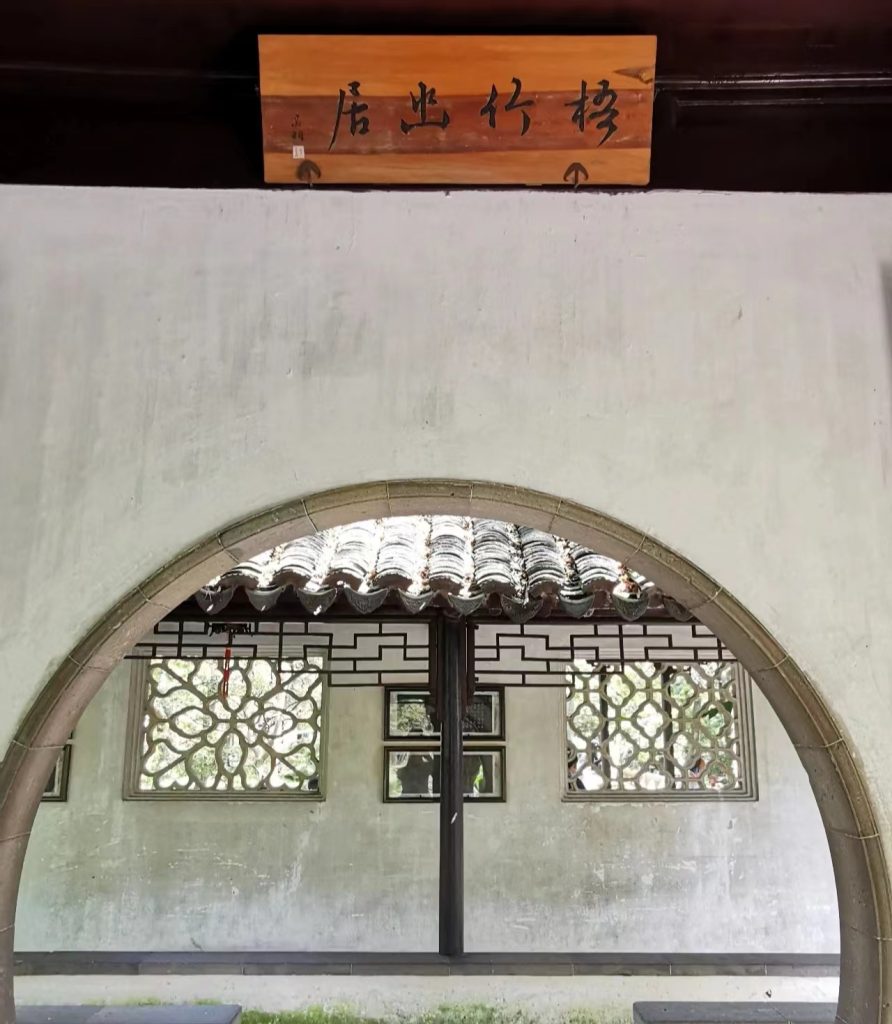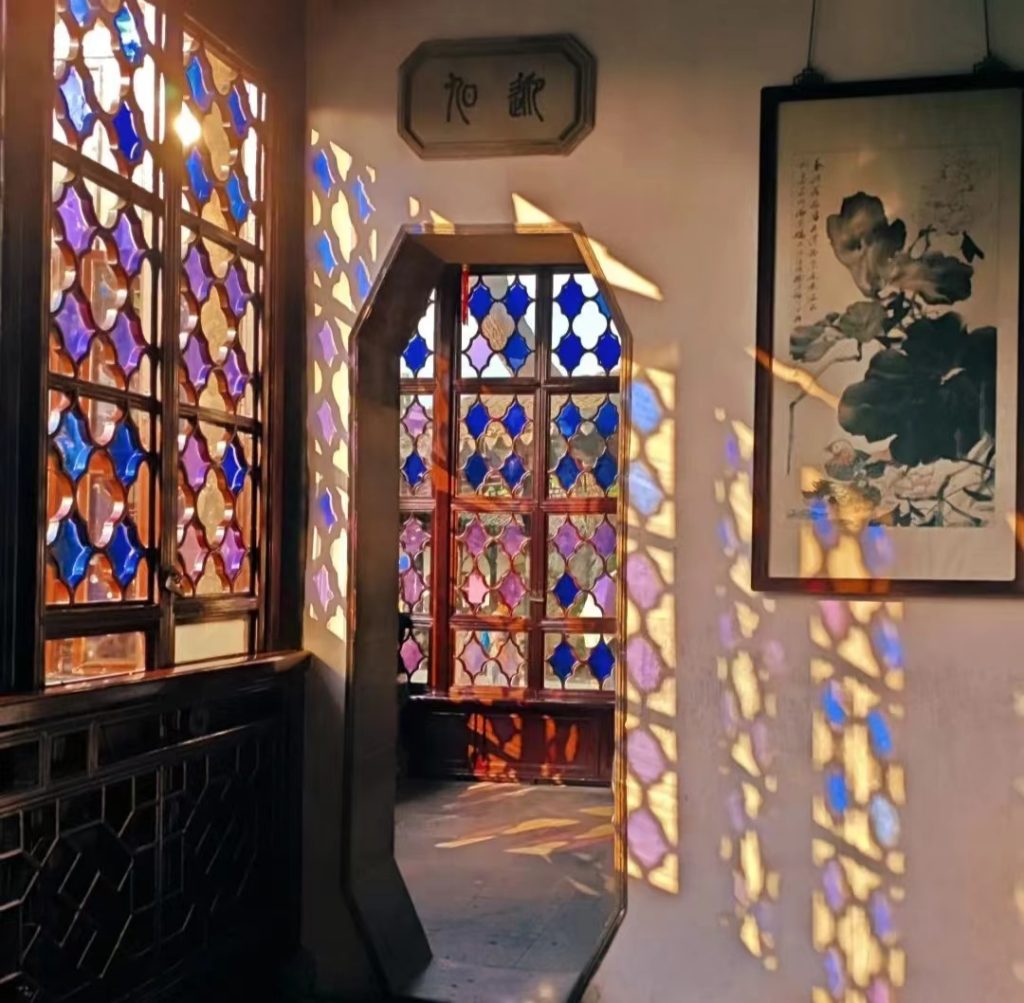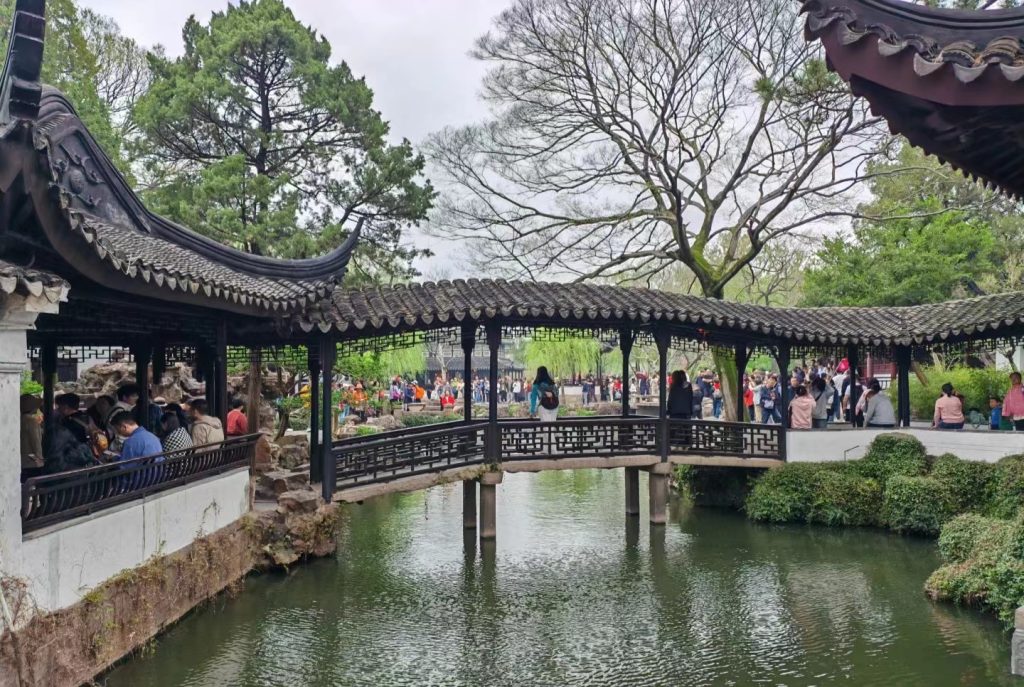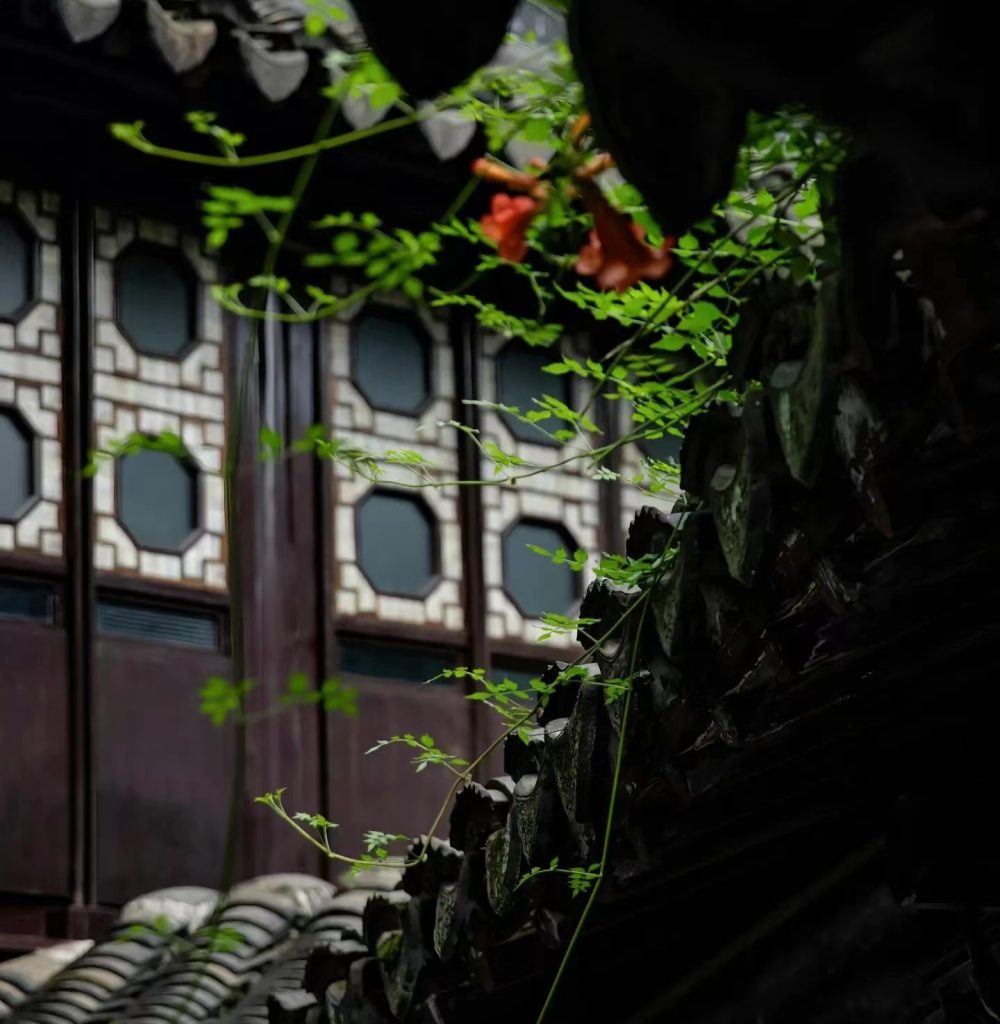In China’s Jiangnan region, four gardens are celebrated as the “Four Famous Gardens”: Zhan Garden in Nanjing, Lingering Garden in Suzhou, the Humble Administrator’s Garden in Suzhou, and Jichang Garden in Wuxi. These landscapes carry centuries of history, and even today, visitors can still sense their timeless spatial poetry and refined aesthetics.
The Humble Administrator’s Garden — often called the “Mother of Chinese Gardens” — takes its name from Jin dynasty poet Pan Yue’s Ode to Idle Living: “The humble man’s way of governing.” Step inside, and you’ll find a world where water, plants, architecture, and light are composed with effortless grace.
A Garden That Feels Authentically Suzhou
The beauty of the Humble Administrator’s Garden is both authoritative and distinctly local
Meandering streams with jade-green ripples
Summer lotus blossoms and lush banana plants
Lattice windows framing shifting patterns of sunlight
Its design is meticulous yet never stiff — every view feels alive, like a scene from a living scroll painting.
Layout of the Humble Administrator’s Garden
Covering about 78 mu (13 acres), the garden is divided into East, Central, and West sections, with a residential area now housing the Suzhou Garden Museum.
- Eastern Section – Bright and open, with gentle hills, pine groves, bamboo, lawns, and winding water channels.
- Central Section – The heart of the garden, where water takes up a third of the area. The pond is ringed by lush trees and buildings of varied forms, arranged with masterful balance.
- Western Section – Pond shaped like a carpenter’s square, with pavilions and covered walkways mirrored in the water. Here stands the famous Thirty-Six Pairs of Mandarin Ducks Hall, adorned with jewel-toned stained glass.
Must-See Scenic Spots
Though crafted by human hands, it retains the untamed charm of nature, preserving the elegance of its Ming dynasty origins. It remains a masterpiece of Jiangnan garden design and a living symbol of Chinese cultural heritage.
1 Wuzhu Youju Pavilion — A Room Within a Pavilion
At the eastern end of the central pond stands this square pavilion with a four-sided pointed roof. Twelve columns enclose an inner set of white walls, pierced by four moon-shaped doorways — each framing a different scene.
2 Thirty-Six Pairs of Mandarin Ducks Hall — A Jewel in the West Garden
A centerpiece of the western section, its diamond-shaped panes of blue and purple stained glass filter the light into a cool, shimmering glow. As the sun moves, the walls and floors become canvases of shifting color.
3 Little Flying Rainbow Bridge — Grace Over Water
A rare covered bridge in a Chinese garden, painted a vivid red and arching over a pond of water lilies. Visit around 3 p.m. for dreamlike, backlit photographs.
Heritage and Recognition
In 1961, the Humble Administrator’s Garden was named one of China’s first National Key Cultural Relics Protection Units. In 1997, it joined the UNESCO World Heritage List along with other Suzhou classical gardens, and in 2007, it was rated a National 5A Tourist Attraction.
Travel Tips for Visiting the Humble Administrator’s Garden
∙ Best seasons: Spring for blossoms, summer for lotus flowers, autumn for golden leaves, winter for tranquil beauty.
∙ Photography hint: Afternoon light brings out the magic of its stained glass and bridges.
∙ Nearby attractions: Lingering Garden, Tiger Hill, and the historic canals of Pingjiang Road.
Walking through the Humble Administrator’s Garden is like stepping into a living poem — every turn of the path, every reflection on the water, tells a story. Whether you come for its UNESCO heritage status, its architectural mastery, or simply to lose yourself in its quiet beauty, this Suzhou treasure will linger in your memory long after you leave.
